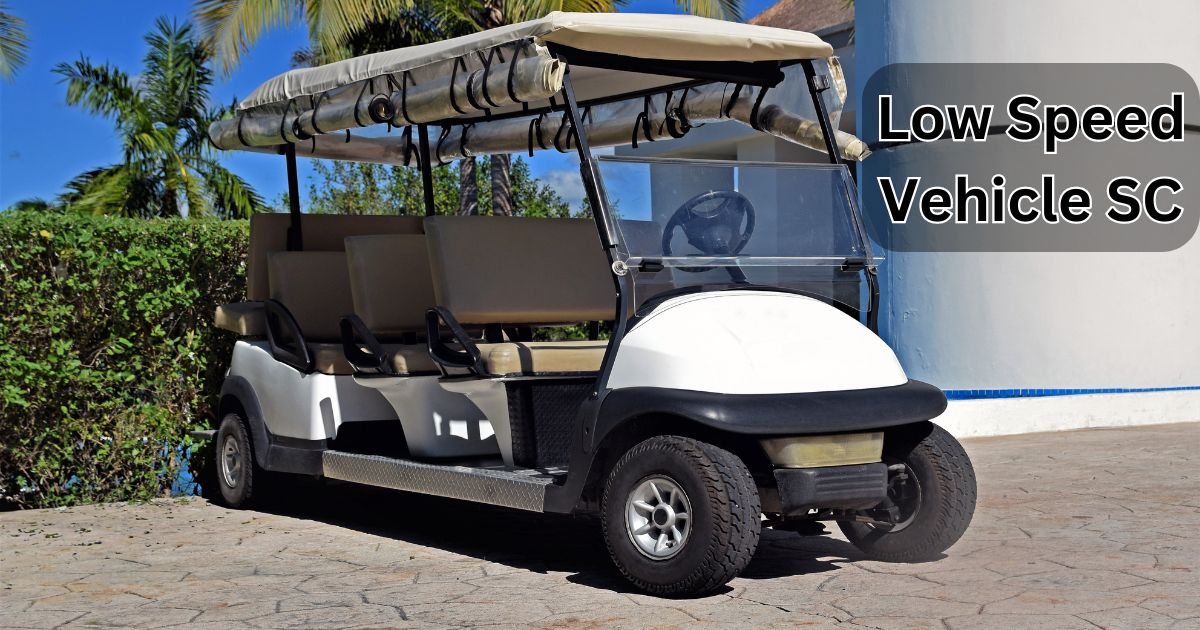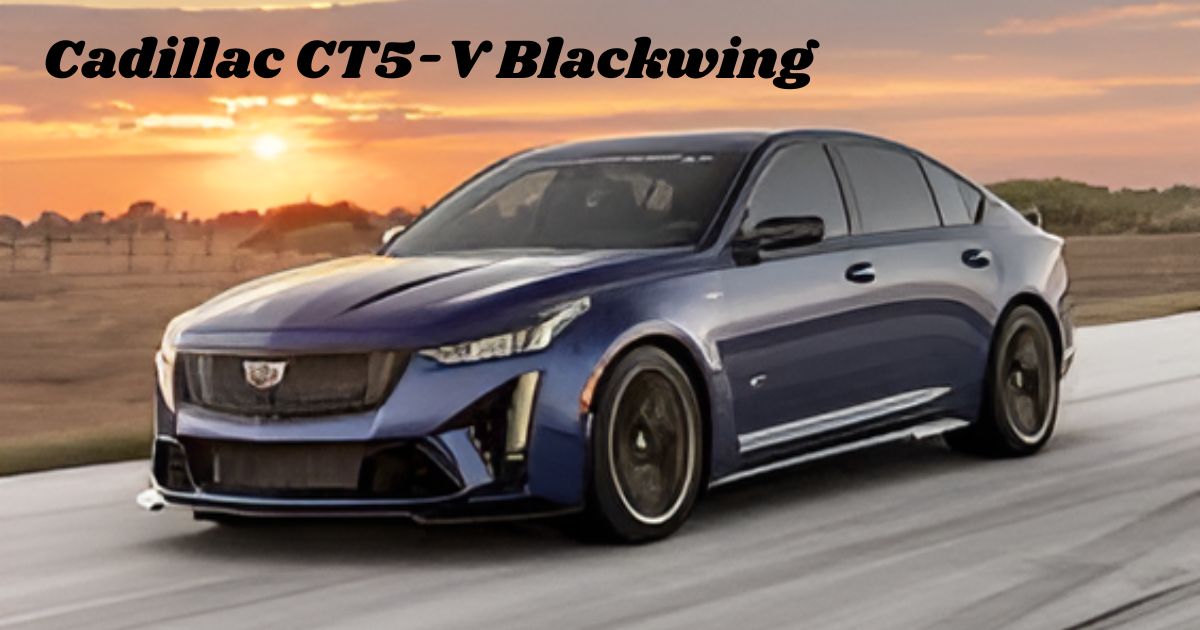Low Speed Vehicle SC (LSVs) have become increasingly popular in South Carolina (SC) due to their versatility and eco-friendly nature. These vehicles, which typically operate at speeds of 25-35 miles per hour, offer an efficient mode of transportation for short distances. Whether used for commuting within a gated community, navigating city streets, or for leisure purposes, LSVs provide a practical and sustainable alternative to traditional automobiles.
The importance of Low Speed Vehicle SC cannot be overstated. They reduce traffic congestion, lower emissions, and offer a cost-effective transportation solution. As urban areas continue to grow, the demand for such vehicles is expected to rise, making them an integral part of the state’s transportation ecosystem.
History of Low Speed Vehicle SC
The concept of Low Speed Vehicle SC in dates back to the early 2000s, when the state first began to recognize the need for alternative transportation solutions. Initially, LSVs were primarily used in retirement communities and resort areas, where their limited speed and range were not an issue.
Key milestones in the development of LSVs in SC include the introduction of specific regulations governing their use, the establishment of dedicated LSV lanes in certain urban areas, and the growth of a market for both new and used LSVs. These developments have paved the way for broader acceptance and integration of Low Speed Vehicle SC into the mainstream transportation network.
Types of Low Speed Vehicle SC
Electric Low Speed Vehicle SC
Electric Low Speed Vehicle SC are the most common type of LSV in South Carolina. These vehicles are powered by electric batteries, which can be recharged using standard electrical outlets or dedicated charging stations. They offer a clean, quiet, and efficient mode of transportation, making them ideal for urban environments and short commutes.
Gasoline-Powered Low Speed Vehicle SC
While less common than their electric counterparts, gasoline-powered Low Speed Vehicle SC are still in use in SC. These vehicles operate similarly to traditional gasoline-powered cars but are designed to travel at lower speeds. They are typically more robust and can cover longer distances than electric LSVs, making them suitable for rural areas or longer commutes.
Hybrid Low Speed Vehicle SC
Hybrid Low Speed Vehicle SC combine the best of both worlds, utilizing both electric and gasoline power sources. These vehicles can switch between power modes to optimize efficiency and range. In SC, hybrids are gaining popularity due to their versatility and reduced environmental impact compared to solely gasoline-powered LSVs.
Benefits of Low Speed Vehicle SC
Environmental Benefits
One of the primary advantages of Low Speed Vehicle SC in SC is their positive environmental impact. Electric LSVs produce zero emissions, contributing to cleaner air and reduced greenhouse gas emissions. Even gasoline-powered LSVs tend to have better fuel efficiency and lower emissions than traditional vehicles.
Economic Benefits
Low Speed Vehicle SC are also economically beneficial. They are generally cheaper to purchase and maintain than conventional cars. The cost of electricity for charging electric LSVs is significantly lower than gasoline, leading to substantial savings over time. Additionally, LSVs often have lower insurance premiums and registration fees.
Social Benefits
From a social perspective, Low Speed Vehicle SC enhance mobility for various population segments, including the elderly and those living in urban areas with limited parking. They also promote a sense of community by encouraging local travel and interaction, and reduce noise pollution, creating quieter, more pleasant neighborhoods.
Key Features of Low Speed Vehicle SC
Speed Capabilities
Low Speed Vehicle SC are designed to operate at speeds between 25 and 35 miles per hour. This speed range is ideal for short trips, providing a safe and efficient means of transportation without the risks associated with higher-speed travel.
Design and Comfort
Modern Low Speed Vehicle SC boast a variety of design features aimed at enhancing comfort and usability. Many models include amenities such as air conditioning, comfortable seating, and ample storage space. The design of LSVs is often compact, making them easy to maneuver and park in tight spaces.
Safety Features
Safety is a critical consideration for Low Speed Vehicle SC. In SC, these vehicles are equipped with essential safety features such as seat belts, headlights, taillights, turn signals, and mirrors. Some models also include advanced safety technologies like backup cameras and collision warning systems to further protect occupants.
Popular Models of Low Speed Vehicle SC
Top Brands
Several brands dominate the Low Speed Vehicle market in South Carolina. Notable manufacturers include GEM (Global Electric Motorcars), Club Car, and Polaris. These brands are renowned for their reliability, innovation, and customer support, making them popular choices among SC residents.
Best-Selling Models
Among the best-selling models in SC are the GEM e2 and e4, which offer compact size and excellent performance for urban environments. The Club Car Villager and Polaris GEM also enjoy widespread popularity due to their versatile designs and robust build quality, catering to both individual and commercial users.
Legal Regulations for Low Speed Vehicle SC
Licensing Requirements
In South Carolina, operating a Low Speed Vehicle SC requires a valid driver’s license. This regulation ensures that all LSV operators have the necessary driving skills and knowledge to navigate public roads safely.
Insurance Policies
LSVs must be insured similarly to traditional vehicles. Owners need to obtain liability insurance to cover potential damages or injuries resulting from accidents. Insurance requirements ensure that all LSVs on the road are adequately covered, promoting overall safety.
Traffic Laws
Low Speed Vehicle SC are subject to specific traffic laws. They can only be driven on roads with speed limits of 35 mph or less and must adhere to all standard traffic regulations, including obeying traffic signals and signs. These laws help integrate LSVs safely into the broader transportation system.
Safety Considerations for Low Speed Vehicle SC
Safety Standards
Safety standards for Low Speed Vehicle SC are stringent. LSVs must meet specific federal and state safety regulations, including having a Vehicle Identification Number (VIN), meeting crashworthiness criteria, and including essential safety features like seat belts and turn signals.
Common Safety Practices
To ensure safety while operating an LSV, drivers should always wear seat belts, drive within designated speed limits, and remain vigilant of other road users. Regular maintenance checks are also crucial to keep the vehicle in good working condition and prevent accidents.
Accident Prevention Tips
Accident prevention involves several proactive measures. Drivers should avoid distractions, use turn signals when changing lanes, and ensure that all lights are functional. Additionally, understanding and respecting the vehicle’s limitations, such as its speed and range, can prevent mishaps and ensure a safe driving experience.
How to Choose the Right Low Speed Vehicle SC
Assessing Your Needs
Choosing the right Low Speed Vehicle SC starts with assessing your specific needs. Consider factors such as the typical distance you’ll travel, the terrain, and the number of passengers. This assessment will help narrow down the options to models that best suit your lifestyle.
Comparing Models
Once you’ve identified your needs, compare different models based on features, performance, and cost. Look for reviews and ratings from other users in South Carolina to gauge the reliability and satisfaction levels of various LSVs.
Budget Considerations
Budget is a crucial factor in selecting an LSV. Determine your budget for the initial purchase, as well as ongoing costs such as maintenance, insurance, and fueling or charging. Balancing features and affordability will help you find a vehicle that offers the best value for your investment.
Also Read: Covid Bars Opening in Fairfax VA
Maintenance Tips for Low Speed Vehicle SC
Routine Maintenance
Regular maintenance is essential to keep your Low Speed Vehicle SC running smoothly. Routine checks should include inspecting the tires, brakes, lights, and battery (for electric models). Regular cleaning and lubrication of moving parts can also extend the vehicle’s lifespan.
Common Issues and Solutions
Common issues with LSVs include battery degradation, brake wear, and electrical problems. Address these issues promptly by consulting the vehicle’s manual or seeking professional help. Replacing worn-out parts and ensuring timely repairs can prevent more significant problems down the line.
Finding a Reliable Mechanic
For maintenance and repairs, finding a reliable mechanic with experience in Low Speed Vehicle SC is vital. Look for service centers specializing in LSVs or seek recommendations from other LSV owners in your community. A knowledgeable mechanic can help maintain your vehicle’s performance and safety.
Charging and Fueling Options for Low Speed Vehicle SC
Electric Charging Stations
Electric Low Speed Vehicle SC require regular charging to maintain their performance. South Carolina has an increasing number of electric charging stations, particularly in urban areas. These stations offer various charging speeds, from standard to rapid charging, making it convenient to keep your LSV powered up.
Gas Stations for Low Speed Vehicle SC
For gasoline-powered LSVs, regular visits to the gas station are necessary. While these vehicles typically have smaller fuel tanks than traditional cars, they also consume less fuel, making refueling less frequent and more economical.
Hybrid Fueling Solutions
Hybrid Low Speed Vehicle SC offer the flexibility of both electric and gasoline power. Owners can charge the vehicle at home or at public charging stations and use gasoline for longer trips. This dual-fueling capability extends the range and utility of the vehicle, making it suitable for a variety of driving conditions.
Low Speed Vehicle SC for Urban Transportation
Benefits in Urban Areas
In urban areas, Low Speed Vehicle SC offer numerous benefits. They reduce traffic congestion, lower emissions, and provide a convenient mode of transportation for short trips. LSVs are particularly useful in city centers, where parking can be scarce and expensive. Their compact size and agility make them ideal for navigating crowded streets.
Case Studies of Urban Use
Several cities in South Carolina have successfully integrated Low Speed Vehicle SC into their transportation systems. For instance, Charleston has implemented LSV lanes and parking spaces, encouraging residents to use these vehicles for downtown travel. Similarly, Columbia has seen a rise in LSV use among university students and faculty, enhancing campus mobility and reducing car traffic.
Low Speed Vehicle SC for Rural Areas
Advantages in Rural Settings
In rural areas, Low Speed Vehicle SC offer a practical solution for short commutes and daily errands. Their lower speed is less of an issue on less congested rural roads, and their fuel efficiency makes them an economical choice for residents. Additionally, LSVs can easily navigate unpaved roads and rough terrain, which are common in rural settings.
Success Stories from Rural SC
Many rural communities in South Carolina have embraced Low Speed Vehicle SC. For example, in Beaufort County, LSVs are used extensively for agricultural purposes, transporting goods and personnel across farms. In small towns like Georgetown, LSVs are popular for local errands and community events, fostering a sense of connection among residents.
Cost Analysis of Low Speed Vehicle SC
Initial Purchase Costs
The initial cost of purchasing a Low Speed Vehicle SC can vary widely based on the model and features. Generally, LSVs are less expensive than traditional cars, with prices ranging from $5,000 to $20,000. Electric models may have a higher upfront cost but offer long-term savings through lower operating expenses.
Long-Term Cost Savings
Long-term savings are a significant advantage of Low Speed Vehicle SC. Electric LSVs have lower fueling costs compared to gasoline vehicles. Maintenance expenses are also reduced due to the simpler mechanical structure of electric engines. Insurance premiums for LSVs are typically lower, further contributing to overall cost savings.
Cost Comparison with Traditional Vehicles
When compared to traditional vehicles, Low Speed Vehicle SC offer a more affordable alternative for short-distance travel. While they may not be suitable for long highway trips, their cost-effectiveness for daily commutes and local errands makes them an attractive option for many South Carolinians.
Environmental Impact of Low Speed Vehicle SC SC
Emission Reductions
One of the most significant environmental benefits of Low Speed Vehicle SC is the reduction in emissions. Electric LSVs produce no tailpipe emissions, helping to improve air quality and reduce the carbon footprint. Even gasoline-powered LSVs typically have better fuel efficiency and lower emissions compared to conventional vehicles.
Contribution to Sustainability
By promoting the use of Low Speed Vehicle SC is contributing to sustainability efforts. LSVs help decrease the reliance on fossil fuels, encourage the development of renewable energy infrastructure, and support the state’s goals for reducing greenhouse gas emissions and combating climate change.
Innovations in Low Speed Vehicle SC
Recent Technological Advancements
Technological advancements have significantly improved the performance and appeal of Low Speed Vehicle SC. Innovations such as lithium-ion batteries, advanced charging systems, and smart connectivity features have enhanced the efficiency, range, and convenience of LSVs. These technologies make LSVs more practical and desirable for a broader audience.
Future Trends
The future of Low Speed Vehicle SC in SC looks promising, with trends pointing towards increased adoption and integration. Autonomous driving technology, enhanced battery life, and more extensive charging networks are expected to drive the growth of LSVs. Additionally, as public awareness of environmental issues rises, more people are likely to choose LSVs for their transportation needs.
Community Impact of Low Speed Vehicle SC
Enhancing Mobility for All
Low Speed Vehicle SC play a crucial role in enhancing mobility for all, particularly in underserved communities. They provide an affordable and accessible transportation option for individuals who may not have access to traditional vehicles. This inclusivity helps bridge the mobility gap and improves the quality of life for many residents.
Community-Based Programs
Various community-based programs in SC promote the use of Low Speed Vehicle SC. Initiatives such as car-sharing programs, LSV rentals, and public awareness campaigns encourage residents to adopt LSVs for their daily transportation needs. These programs not only support sustainable mobility but also foster a sense of community and shared responsibility.
Case Studies of Low Speed Vehicle SC Adoption
Successful Implementations
Several case studies highlight the successful adoption of Low Speed Vehicle SC.In Hilton Head Island, for instance, LSVs are widely used by both residents and tourists, contributing to a significant reduction in traffic and pollution. The town of Bluffton has also seen a rise in LSV use, particularly among retirees and seasonal residents.
Lessons Learned
The success stories from various communities in SC offer valuable lessons. Key takeaways include the importance of supportive infrastructure, such as dedicated LSV lanes and charging stations, the need for public education on LSV benefits, and the role of local regulations in facilitating LSV adoption. These insights can guide other communities looking to integrate LSVs into their transportation systems.
Future of Low Speed Vehicle SC
Predicted Market Growth
The market for Low Speed Vehicle SC is expected to grow significantly in the coming years. Factors driving this growth include increasing environmental awareness, advancements in LSV technology, and supportive state policies. As more residents recognize the benefits of LSVs, their adoption is likely to become more widespread.
Potential Challenges
Despite the positive outlook, several challenges could impact the future of Low Speed Vehicle SC. These include the need for continued investment in infrastructure, addressing safety concerns, and overcoming public perception barriers. Additionally, ensuring that LSVs remain affordable and accessible to all income levels will be crucial for sustained growth.
Conclusion
In summary, Low Speed Vehicle SC offer a practical, economical, and environmentally friendly transportation solution for South Carolina. With their diverse benefits, including reduced emissions, cost savings, and enhanced mobility, LSVs are poised to become an integral part of the state’s transportation landscape. As technological advancements and supportive policies continue to evolve, the future of Low Speed Vehicle SC looks bright, promising a cleaner, more sustainable mode of transportation for all.








